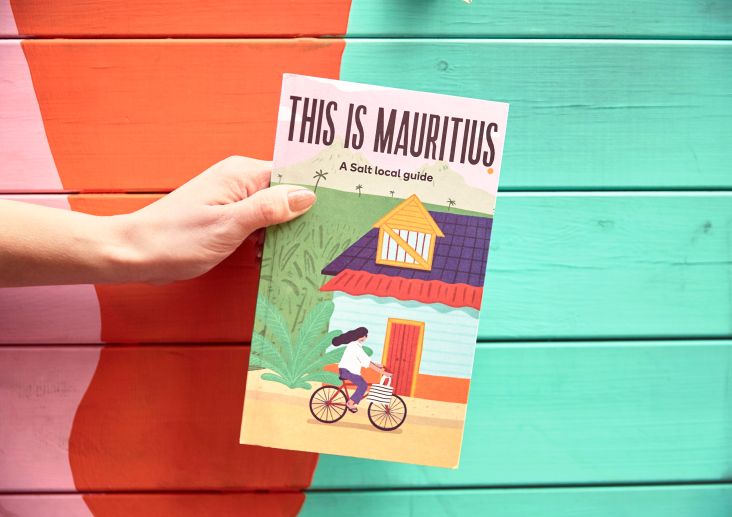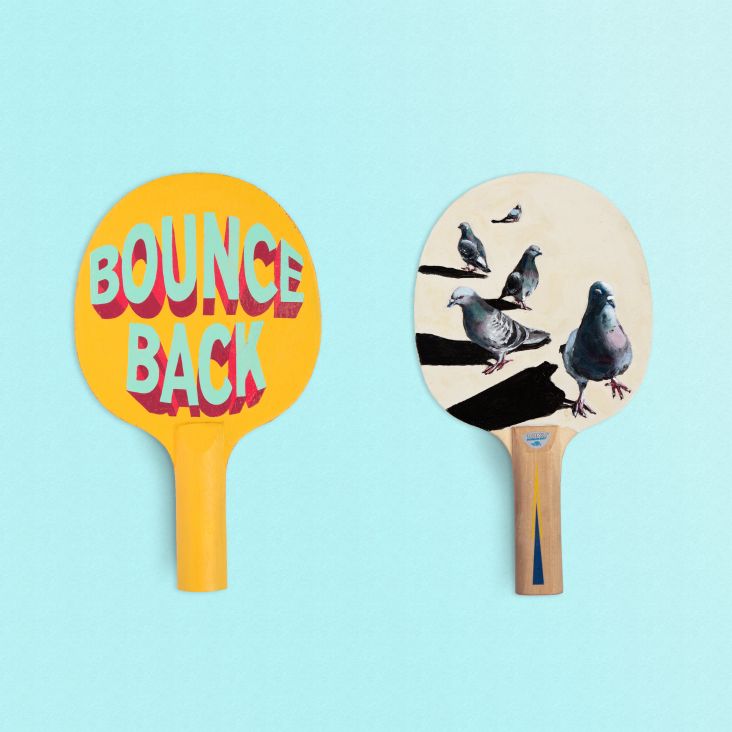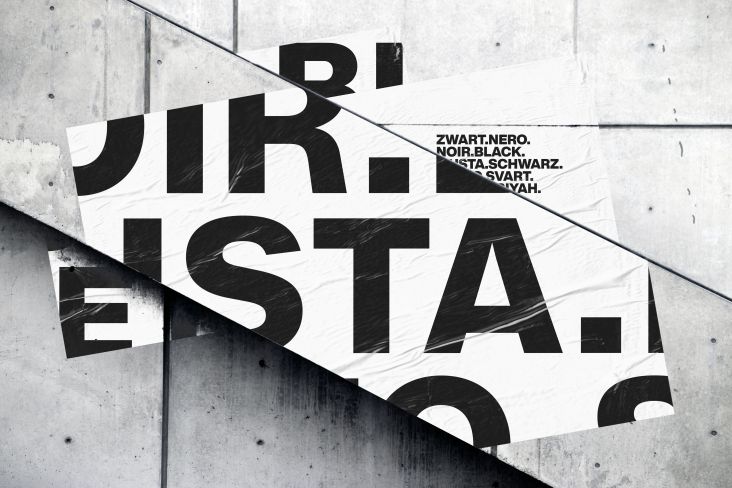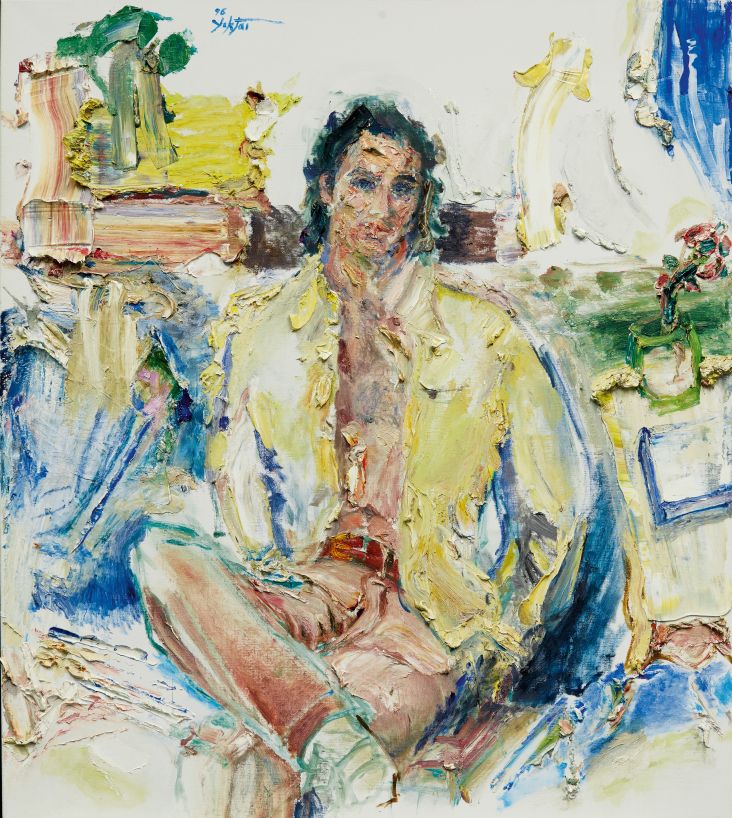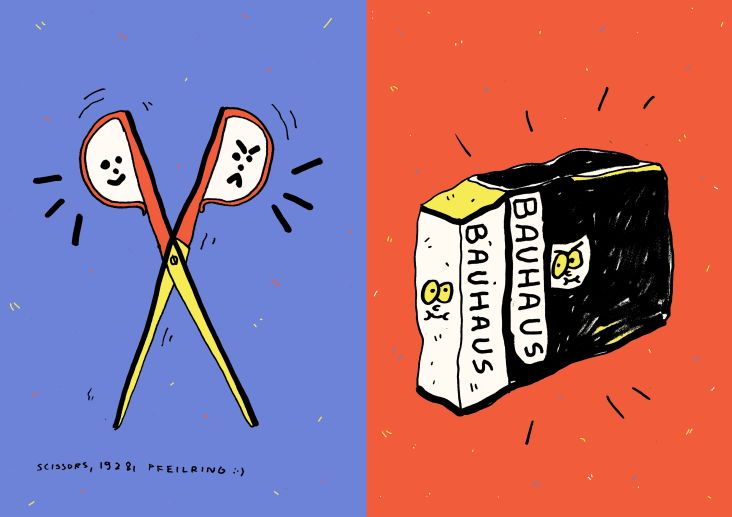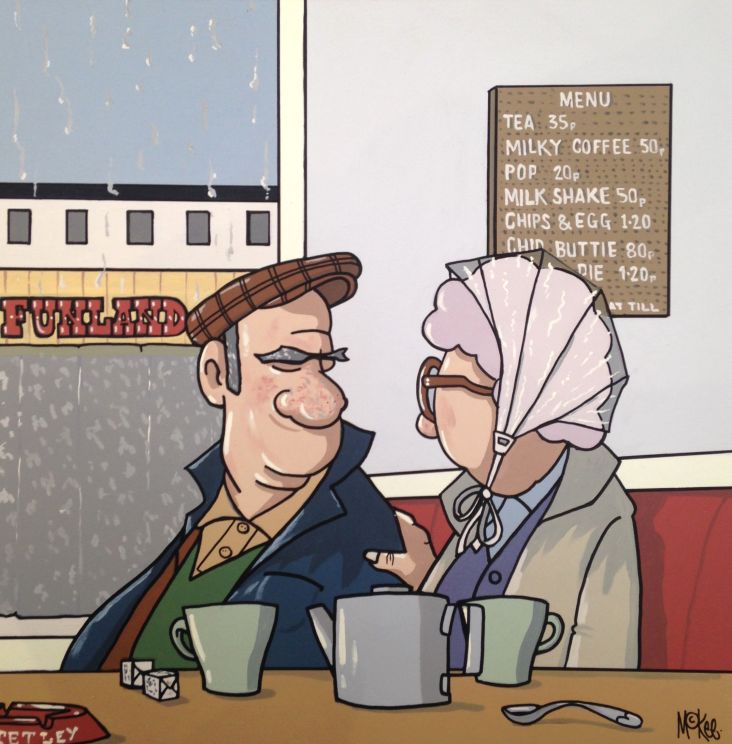Damien Hirst's homecoming is announced for this year's Yorkshire Sculpture International
This summer, Turner Prize-winning artist, Damien Hirst, is returning to the place where he grew up to present seven of his major sculptures during Yorkshire Sculpture International.
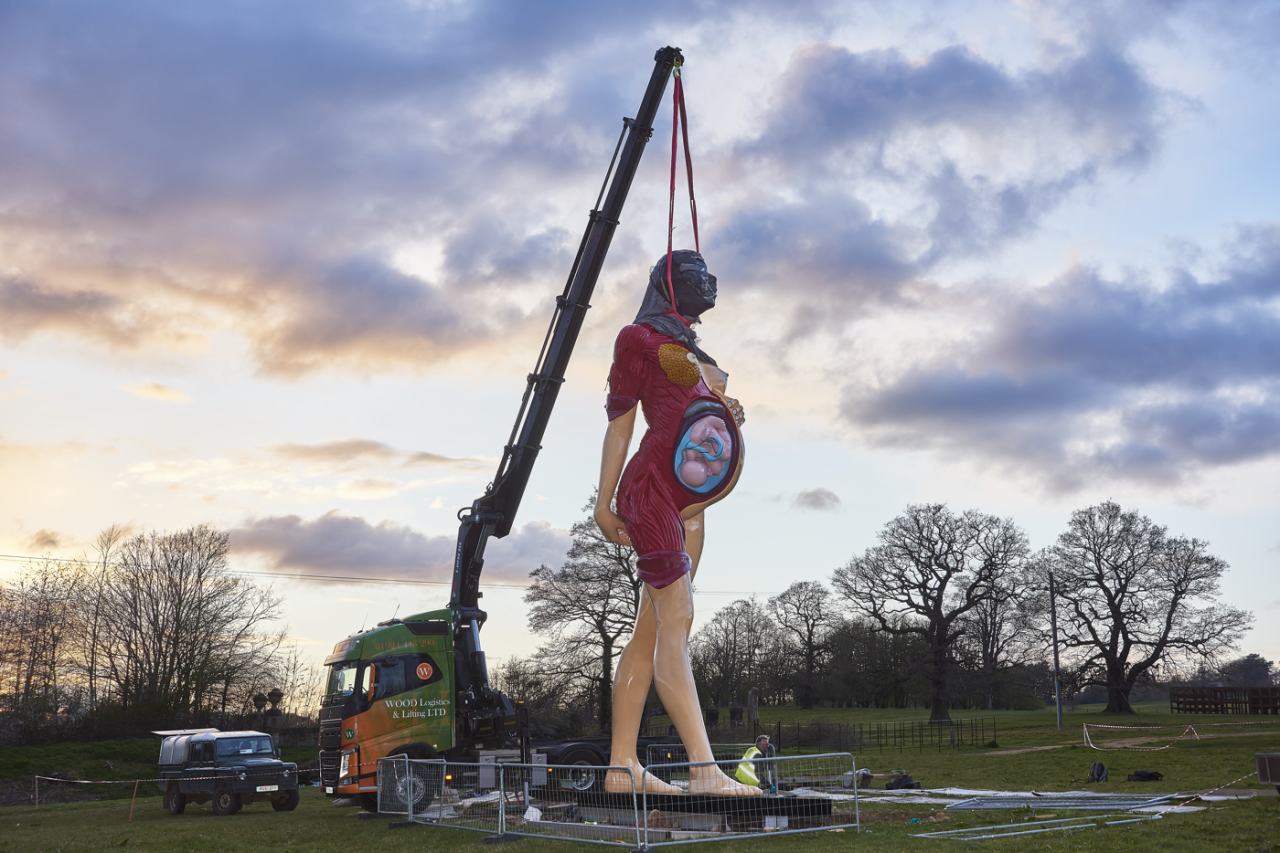
Damien Hirst, The Virgin Mother, 2005-2006. Photographed by Prudence Cuming Associates. © Damien Hirst and Science Ltd. All rights reserved, DACS 2019
Dotted across Leeds, Wakefield and the Yorkshire countryside from 22 June until 29 September 2019, the festival will feature some of Hirst's most famous and provocative works including Hymn, Anatomy of an Angel, Black Sheep with Golden Horns and The Virgin Mother.
Speaking of his homecoming, Damien said: "I never thought I’d ever be famous or considered important or anything like that, but seeing paintings by people like John Hoyland, Francis Bacon, Peter Blake and Eduardo Paolozzi – alongside the aquarium and natural history stuff in the City Museum – opened my mind to art.
"The things I saw made me so excited for what art could be. If people feel anything like that when they see my work, then that’s the greatest thing you can hope for as an artist."
He adds: "The giant bronze sculptures at YSP are where they belong – they’re just made for that setting. I used to hang out a lot on Ilkley Moor and Otley Chevin, and I will always love the Yorkshire landscape."
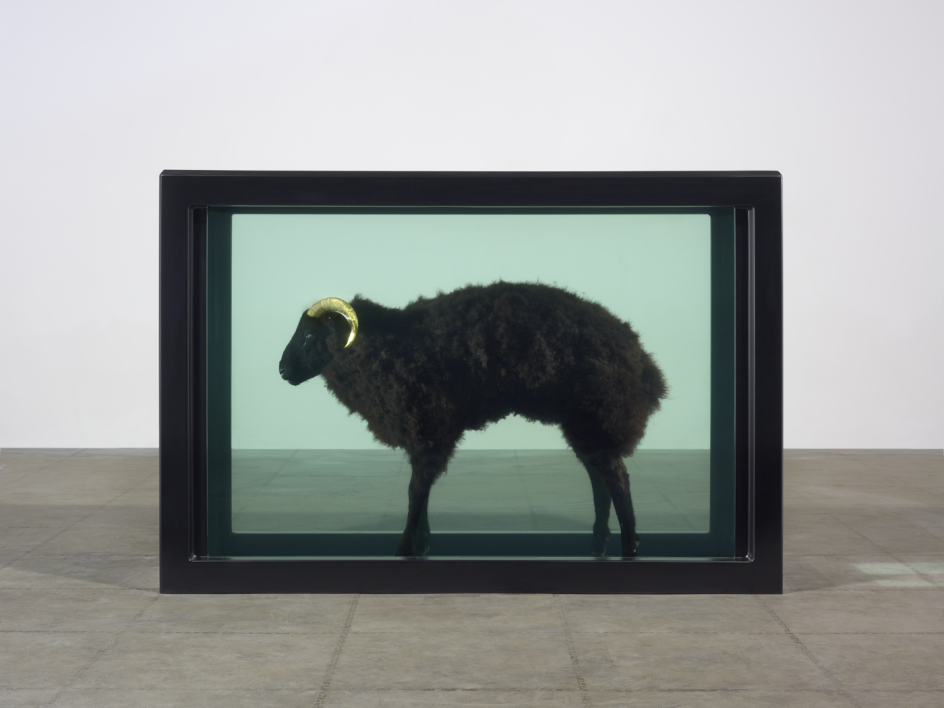
Damien Hirst, Black Sheep with Golden Horns, 2009 Photographed by Prudence Cuming Associates © Damien Hirst and Science Ltd. All Rights Reserved, DACS 2019
Leeds Art Gallery will exhibit Hirst’s Black Sheep with Golden Horns in the historic Arnold and Marjorie Ziff Gallery. Part of Hirst’s iconic formaldehyde series, the work features a black sheep with golden horns, positioned within a steel-framed vitrine. This sculpture will be at the centre of the Ziff gallery display, in dialogue with the historic painting collection which covers the years 1888 to 1900.
At Yorkshire Sculpture Park, four sculptures will be placed in the newly revived 18th-century Deer Park and will be open to the public from 13 April. Hirst’s 10-metre tall, The Virgin Mother, will stand against the backdrop of the Lower Lake, a powerful presence in the landscape. Referencing the stance of Degas’s Little Dancer of Fourteen Years (c.1881) and considered a female counterpart to Hymn, the sculpture’s cross-section reveals the foetus curled within the womb.
Charity, on display near the recently opened Weston building, is recognisable as based on Scope collection boxes which were commonly seen on British high streets between the 1960s and 1970s. A young girl wearing a calliper forlornly cradles a teddy bear and a donations box which reads "please give generously". The work questions historic and outdated ways of depicting disability and seeking charity.
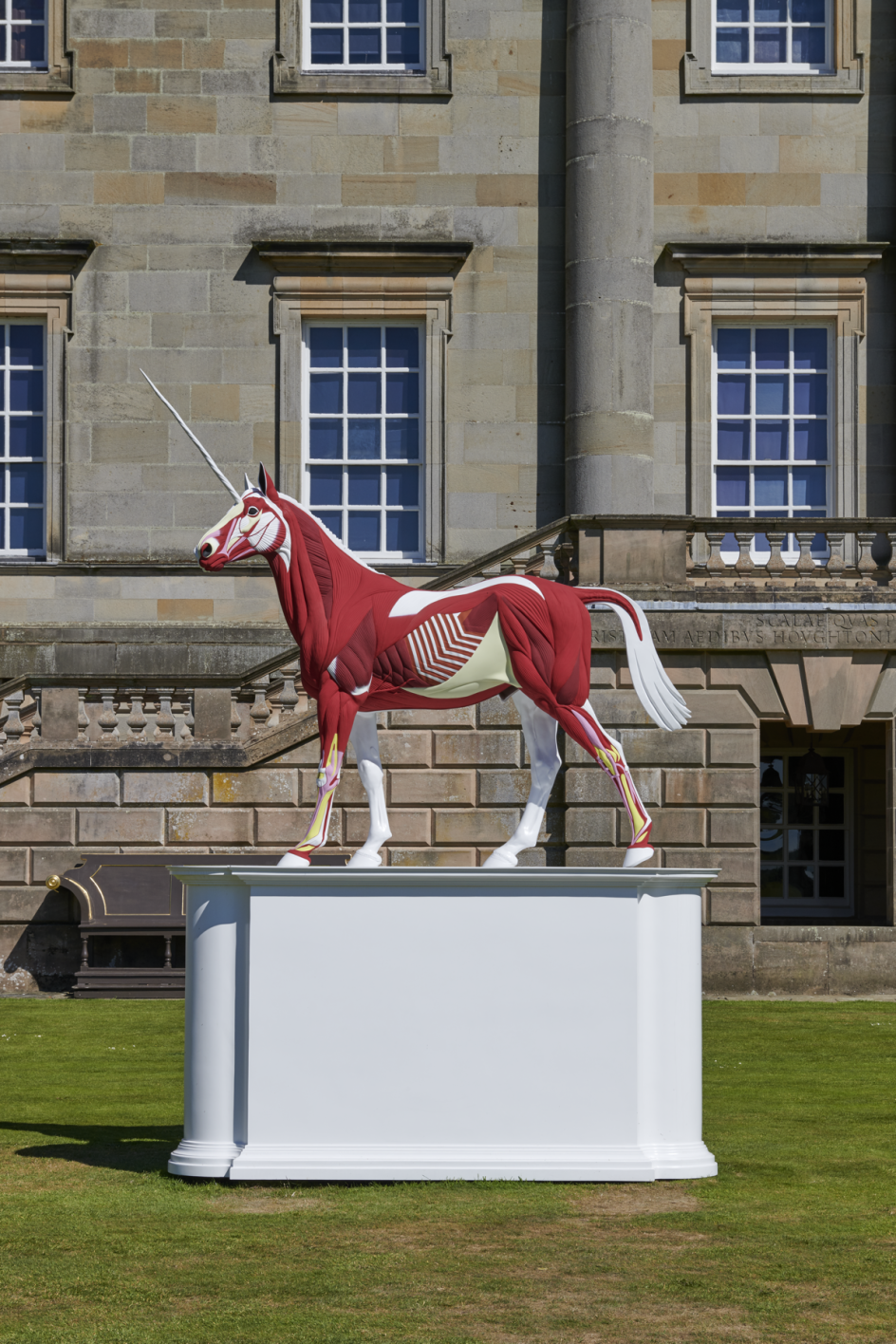
Damien Hirst, Myth, 2010. Photographed by Prudence Cuming Associates. © Damien Hirst and Science Ltd. All Rights Reserved, DACS 2019
Outside The Weston, Myth presents a white unicorn with half of its skin flayed to reveal vibrant red, pink and yellow musculature and tissues. Hirst often takes religious or mythical figures as his subjects, unpicking and disrupting their familiar narratives. Horses have been an artistic subject for millennia and, referencing this tradition, Hirst’s unicorn stands high on a classical plinth. Like all works in this display, Myth makes a playful nod to art history.
Back towards Lower Lake, The Hat Makes the Man is based on a 1920 collage of the same name by Surrealist artist Max Ernst. Ernst’s work is comprised of cut-out images of hats absurdly reassembled in stacks with intentionally phallic-like supports. It is thought to have been inspired by Sigmund Freud’s book The Joke and Its Relation to the Unconscious (1905), in which Freud describes the hat as a symbol of repressed male desire.
Hirst renders Ernst’s work in three dimensions, using bronze casts of wooden pallets as supports and thereby introducing the idea of sculptural collage or assemblage. As with The Virgin Mother, Hirst’s materials are hidden. In the former works, the bronze is painted to emulate plastic and with The Hat, the casting precisely imitates painted wood. The artist thereby plays with the grandeur associated with bronze.
Covering 100 days at four galleries and in two cities, Yorkshire Sculpture International takes place from 22 June until 29 September 2019. Discover more at yorkshire-sculpture.org.




 by Tüpokompanii](https://www.creativeboom.com/upload/articles/58/58684538770fb5b428dc1882f7a732f153500153_732.jpg)











